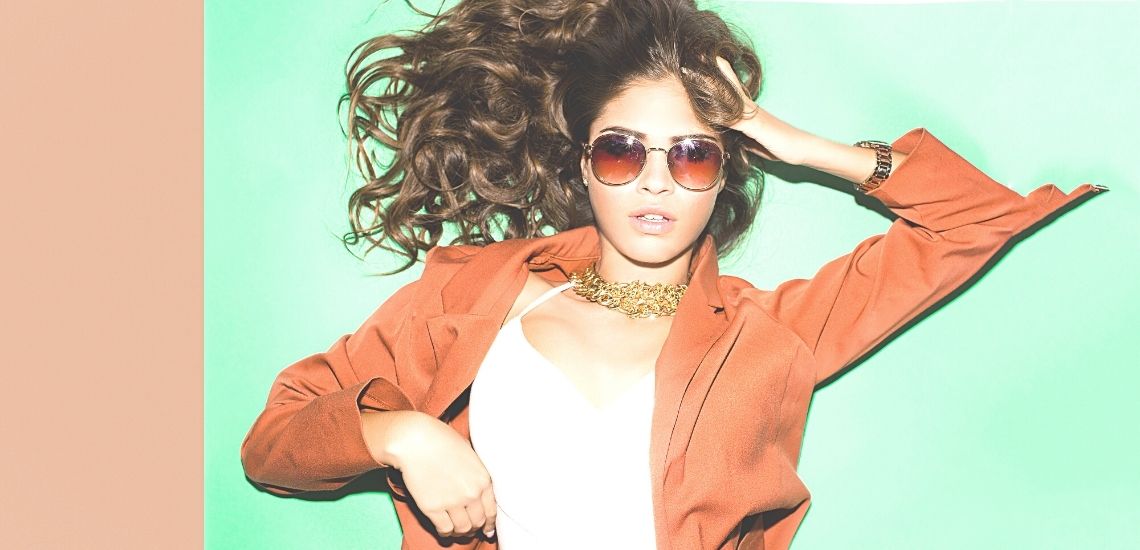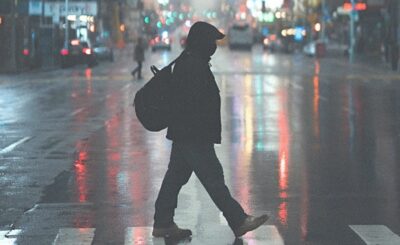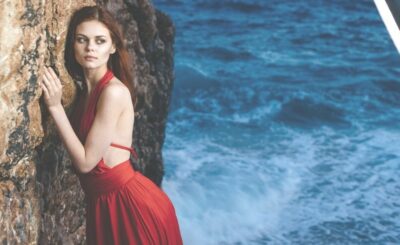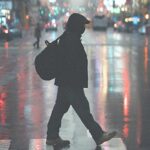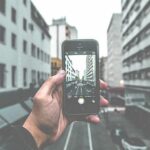There’s so much going on in model photography; it’s a creative process that requires you to think along and never know what’s going to happen next. Each model presents you with new challenges, from mood to lighting conditions in real time, and of course, there can always be unexpected obstacles.



Plan your session
When you invest time planning your photo shoot, it’s never wasted. Good planning with clear goals saves the day and avoids unnecessary headaches.
First, you need to know what kind of photos are desired. Are these exclusively model shots in portfolio photography? Or does clothing play a more important role in this type of scene than accessories, such as in editorial fashion shots?
The storyboard is a useful tool because it can help you plan how you want your photos to look like. In this sketchy document, several shots are planned and their content is described. For example, close-ups, any focal length that is needed, and so on!
When photographing models, things can go wrong. For example, is it necessary to use props that have not been taken care of? Or do we need a replacement person because one or more models are ill and cannot participate in the shoot?
Conclusion: There is always something new to learn when it’s time for a photo shoot. You need to plan ahead and never know what’s going to happen next, but when you invest in good planning, it’s worth the effort.
Model photography
The two most common ways of photographing models for business purposes differ in many ways. One is about arranging a particular shot, the other is about something more natural and less contrived, but they both have the same goal: to take high-quality photos.
Lookbook shoots:
There are many types of photos that can be used in marketing campaigns. A popular option is lookbook shoots, where models or clothing lines are showcased against beautiful backdrops with the fashion of each season. These photos give more information about what you’re selling, they simply provide an overview for potential customers.
When planning a lookbook session, you should think about the relationships between the clothes you photograph: Which clothes go together and how are they photographed? You wouldn’t shoot suits in mountain regions or elegant women’s clothes near industrial areas.
Product photography model session:
If a company wants to promote their product and sell it online, it’s best if they take nice photos of models wearing or interacting with the clothes. These types of photos don’t focus on what a single garment looks like, but rather shows all aspects from different angles so customers know what they’re getting before they buy something new!
To make the product stand out as well as possible, many photo models use a white background for their photos. This gives viewers an unadulterated view of what they’re offering and ensures clear images without distraction from other elements that could impact your sales.
In simple terms, a lookbook is used to take photos that capture the viewer’s attention or convey an idea, while a product shoot serves more informative purposes that focus on sales goals.
How to work best with models!
Working with models can sometimes be difficult. It requires human interaction and leaves room for unforeseen factors such as moods, illnesses or other things that are beyond your own control. We’ll show you some tips that might be helpful:
Be honest, right from the start!
It’s important to be aware of any issues with your model’s outfit. If you notice a flaw in your clothes or hairstyle, do not hesitate, react immediately! This way you avoid repetition and build trust.
Make sure the models are happy before you change into another outfit. When a model accepts an assignment, they also think about their reputation. They want to make sure that the photos reflect them well so that there is no bad publicity.
Build rapport!
When it comes to building a good relationship with the models, small details such as a warm welcome and a gallant performance can make a big difference. You should tell them what you expect from the start so they know how long their shoot will last!
The slower and more confident you speak, the greater the chance that your words will be taken seriously. Don’t forget to share accurate information, as it can help you feel safe.
Don’t forget the meals!
If the shoot lasts more than 4 hours, it’s important that you eat a meal in between. At the beginning of a shooting day, find out which nutritious meals your model prefers, and organize catering with the same focus on healthy ingredients!
Clear communication
Phrases like “left” or “right” have a double meaning, depending on whether you’re talking behind the camera or about the effect you want. For example, if a photographer says they want the person’s eyes to look to the left, it may not be clear what direction they mean by that. You should show the model which pose you expect or bring a drawing from the last shoot. When it comes to emotions in photos, you should always try to name them as accurately as possible.
How should you pose?
So let’s talk about what you can expect from a session as a photographer. First of all, there are two different types of photo shoots: formal and casual. These depend on how much time the model has available to book or whether they want to do their best in an advertising shoot for luxury products. Posture also plays a role, some models prefer to work sitting down because it makes them look shorter than usual, which brings out the perspective under clothing better and highlights the shapely legs.
Handling light
What makes a good photo is often in the details. The use of light has a lot to do with craftsmanship and organization. A photographer’s goal should always be to get the most out of every available light source, whether it’s natural sunlight or artificial flash during an outdoor session.
Daylight
Daylight photography is a great way to capture natural light. You can avoid distortion by keeping your subject out of strong sunlight so it doesn’t get washed out or overexposed! It’s also best if you don’t have zenith hours when shadows get deep and dark, because the sky is very high in contrast, which leads to poor photos in digital cameras.
Diffuse lighting is the key to making a model look beautiful and realistic. Place diffusers around them to hide their features in the shadows, or reflect the light on themselves for an even complexion!
Strobe
Flash lights are a must for outdoor photos, especially when the flash is your only light source. But they can also present some challenges that you’ll have to deal with, such as making sure the battery lasts long enough or knowing which settings work best with different equipment.
When lighting a subject, it’s important to consider the background and environment.
Steady light
The advantage of working with continuous light is that you have a constant visual reference. It’s also easier than shooting with flash, because the conditions are always visible on your screen.
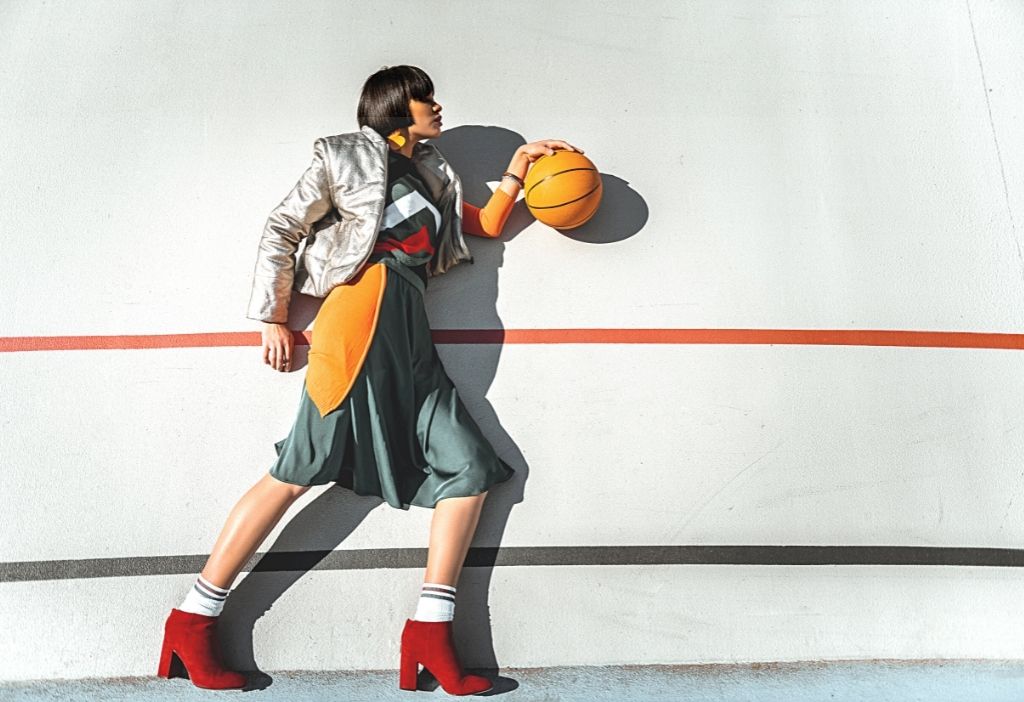
Your equipment
The camera you use for your model and product photography can make a big difference to the success of the images. Your choice should be based on what kind of images inspires you the most and what budget is available to you!
It’s important to stay up to date because technology is evolving every day and new models are constantly coming onto the market.
Distance between model and camera
The actual distance between the camera and the model should be carefully considered when taking photos. This allows you to capture better shots that look clear, detailed, and professional!
The aperture
There are no universal standards for aperture in fashion photography. Depending on what type of shoot you’re organizing – lookbook or product – the recommended aperture values change accordingly.
Lookbook photography often requires a small aperture to achieve the perfect blur. A higher aperture helps you take sharper images, but it’s worth considering what type of shot you want to take and adjust it accordingly: lower if you don’t just want to highlight the products in an outfit or hairstyle; higher if you want to focus on details like makeup.
Which camera?
Which camera you use can affect the resolution of your final photos. Full-frame (FF) or APS-C sensors? The first question you should ask yourself is whether the photos are for personal use, such as a lookbook session where you want a higher level of detail; otherwise, consider a camera with a lower pixel density.
Help on site
With a professional, well-organized support team behind — assistants who take care of the models’ looks (hairdressers and make-up artists) as well as technical details such as production management, photographers can focus on creating beautiful photos.
To ensure that your shoot is as productive and fulfilling as possible, you should have all the technical information ready about what you plan to do while shooting. Tell all assistants who can help you do this so they know how to best work with their assistant or director colleague
The order of the settings should also be communicated beforehand, which saves time if you have to figure out why something didn’t work afterwards!
Post-processing
Photographing models is about much more than just photographing them during the session. Although post-processing techniques differ depending on the type of photo, there are some general rules that apply to all types of photos – like keeping the overall goal in mind and making Photoshop adjustments when necessary to achieve the desired effect in the viewer.
Keep your editing simple so you can keep the natural look of an image. If you make too many changes to a single photo, it could make people think they bought something else. So don’t overdo it with colors and intensity, because that can distract from the actual goal.
Conclusion: be prepared!
The factors that can lead to unexpected surprises in model photography are numerous and varied. Inadequate preparation, inadequacies in interpersonal communication, and improper use of equipment all contribute to disappointing images after the shoot.
When you’re shooting models, it’s important to know where potential stumbling blocks lie so that you can develop your personal routine and save time. Keep an eye on mistakes to draw as many positive conclusions from the experience as possible. As skill increases, time-consuming experiments will eventually lead you to be able to efficiently manage product sessions or lookbooks.

